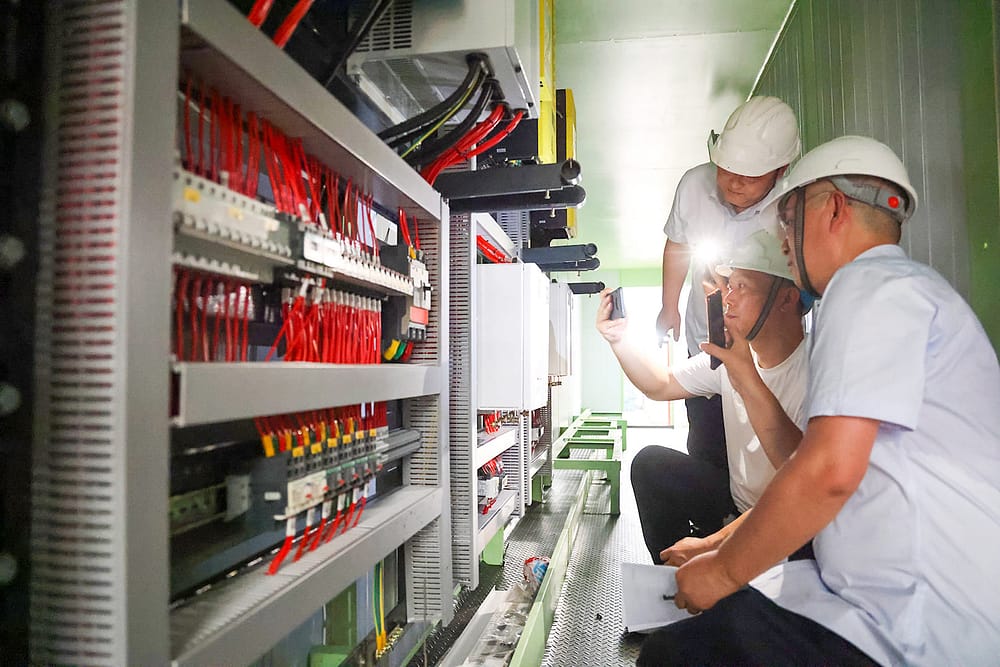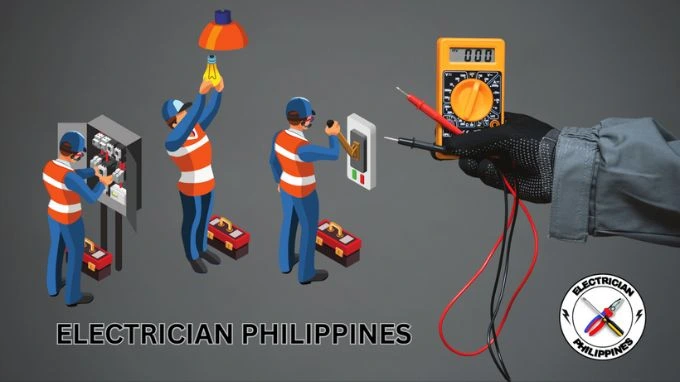Trusted regulatory compliance assistance services to meet industry standards.
Trusted regulatory compliance assistance services to meet industry standards.
Blog Article
Leading Tips for Effective Electrical System Troubleshooting
Troubleshooting electrical systems needs a systematic strategy, based in a thorough understanding of electric concepts and safety and security methods. The nuances of effective troubleshooting expand past simple technical knowledge; recognizing just how to document searchings for and focus on security can considerably influence outcomes.
Understand the Basics
Understanding the essentials of electric systems is vital for effective troubleshooting, as a strong foundation allows service technicians to diagnose and deal with issues much more efficiently. A comprehensive understanding of electric concepts, such as voltage, current, resistance, and power, is vital in recognizing the origin triggers of issues. Voltage is the electrical potential distinction that drives current via a circuit, while resistance opposes the flow of current, influencing the total functionality of the system.
Experience with circuit elements, including resistors, capacitors, diodes, and switches over, is likewise paramount. Each part plays an unique duty in circuit habits and can influence performance when malfunctioning. In addition, understanding series and parallel circuit arrangements is vital, as these arrangements influence the circulation of voltage and current within the system.
Additionally, knowledge of safety protocols is vital. Specialists need to recognize prospective dangers, such as shock and brief circuits, to implement safe troubleshooting methods. By grasping these fundamental ideas, service technicians boost their capability to conduct efficient diagnostics and repair services, ultimately resulting in boosted performance and reliability of electrical systems. This fundamental expertise is the cornerstone of successful fixing ventures.
Gather Necessary Tools
Efficient troubleshooting of electrical systems needs the ideal collection of devices to identify and settle concerns properly. A well-equipped specialist can substantially improve effectiveness and efficiency in determining issues. Necessary devices include a multimeter, which determines voltage, current, and resistance, enabling precise assessments of electrical components. Clamp meters are additionally beneficial for gauging present without disconnecting the circuit, ensuring security and ease.
Furthermore, shielded hand tools such as screwdrivers, pliers, and cable pole dancers are essential for safely adjusting electrical links. It is additionally recommended to have a circuit tester accessible to verify the presence of voltage in electrical outlets and wires. For even more complex systems, a thermal imaging electronic camera can help identify overheating elements, showing prospective failures.

Comply With a Methodical Strategy
Having actually collected the ideal devices, the following action in fixing electric systems is to adhere to a systematic approach. A systematic approach makes sure that professionals can recognize mistakes successfully and properly, decreasing downtime and protecting against unneeded fixings.
Begin by examining the system's schematic diagrams and requirements. This involves monitoring each element systematically, beginning from the power resource and working in the direction of the tons.
Utilize screening equipment, such as multimeters and oscilloscopes, to collect objective information regarding voltage, present, and resistance at various factors within the system. This empirical evidence will certainly guide your troubleshooting initiatives and aid to verify or eliminate possible sources of failure.
In addition, think about environmental factors that might influence the system's performance, such as temperature level variations or wetness ingress. A thorough assessment of electrical wiring, connections, and parts will make certain that all possibilities are made up.
File Your Searchings For
Detailed documents is important in the repairing process of electrical systems. Exact documents boost the performance of determining reoccuring issues and promote communication among staff member. Each searching for should be carefully kept in mind, including signs observed, examinations conducted, and the end results of those examinations. electrical system troubleshooting. This practice not just help in understanding the root reason of the trouble but likewise works as a reference for future fixing initiatives.

In addition, preserving a log of parts replaced or fixings executed is very useful. This details supports inventory monitoring and can aid examine the long life and dependability of particular components.
Inevitably, the paperwork procedure must be extensive yet succinct, making it possible for simple access and evaluation - electrical system my sources troubleshooting. By focusing on comprehensive documentation, technicians can develop a useful knowledge base that not just help in current troubleshooting yet also empowers future upkeep efforts, therefore improving total system dependability

Prioritize Precaution
Recognizing the fundamental threats connected with electric systems is important for guaranteeing safety and security during troubleshooting. Electric shock, burns, and equipment damage are simply a few of the potential dangers that technicians deal with. Focusing on precaution is not just a legal obligation however additionally a moral crucial that safeguards both the technician and the surrounding atmosphere.
Before beginning any kind of troubleshooting task, specialists need to wear appropriate personal protective devices (PPE), consisting of shielded gloves, safety glasses, and flame-resistant garments. Making sure that the workspace is dry and cost-free of clutter can substantially lower the risk of mishaps. It is necessary to de-energize circuits before beginning any kind of job, verifying that they are not live through the use of a multimeter or voltage tester.
Establishing clear communication methods with employee is additionally crucial; this makes certain that every person knows possible dangers and the standing of the electric system being this worked with. Having an emergency situation action strategy in location can show important in the occasion of a case. By focusing on precaution, professionals can properly alleviate risks and foster a more secure work environment.
Conclusion
Reliable electrical system fixing counts on a thorough understanding of basic principles and a methodical strategy. Prioritizing security actions guarantees the wellness of people involved and the stability of the electric system.
Report this page